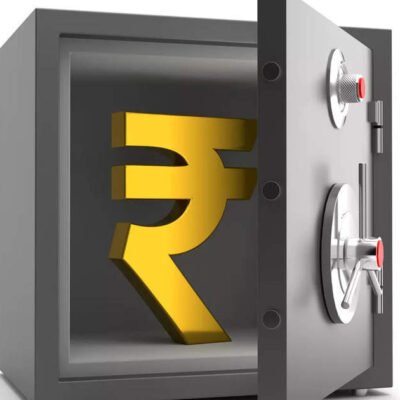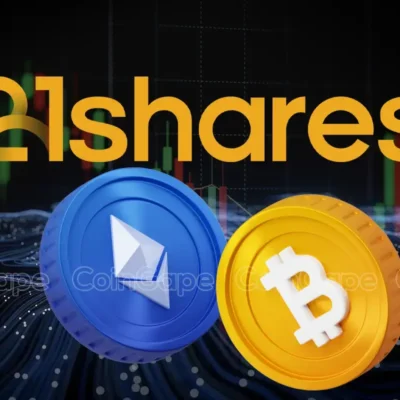Amazon, Walmart, and other companies are exploring the possibility of joining PayPal and others in launching a true stablecoin.
True stablecoins enable quick payments on the blockchain and are backed by off-chain collateral, such as Treasury bills.
Companies are interested in launching stablecoins because they are massively profitable. The issuers don’t pay interest to stablecoin holders but collect interest on the collateral.
Last week, the second-largest stablecoin issuer in the world, Circle, completed its IPO. The stock has tripled. Its stablecoin is USDC.
Stablecoins are all the rage, but they come with some risks.
Stablecoins are private money, which means it’s subject to runs, just as bank account deposits and money market mutual funds are.
Stablecoins don’t benefit from government insurance, such as the FDIC, nor will the Federal Reserve step in to prevent a run, as it has for money market mutual funds.
In the video, I describe how Circle’s USDC price broke below a dollar in 2023 when 8% of its reserves were stuck at the failed Silicon Valley Bank.
If the federal government hadn’t stepped in to protect all depositors, including those like Circle, which had $3.8 billion at the bank, then USDC’s price would have plummeted.
So be wary of stablecoins. They can be effective, but you’re not protected by central banks, at least not now, because they’re unregulated, and there is no lender of last resort.
What do you think about stablecoins? Is that something that you hold?
#LinkedinTrendingTopics #stablecoins #circle #AMZ





